Images: DARPA Robotics Challenge
DARPA Challenge
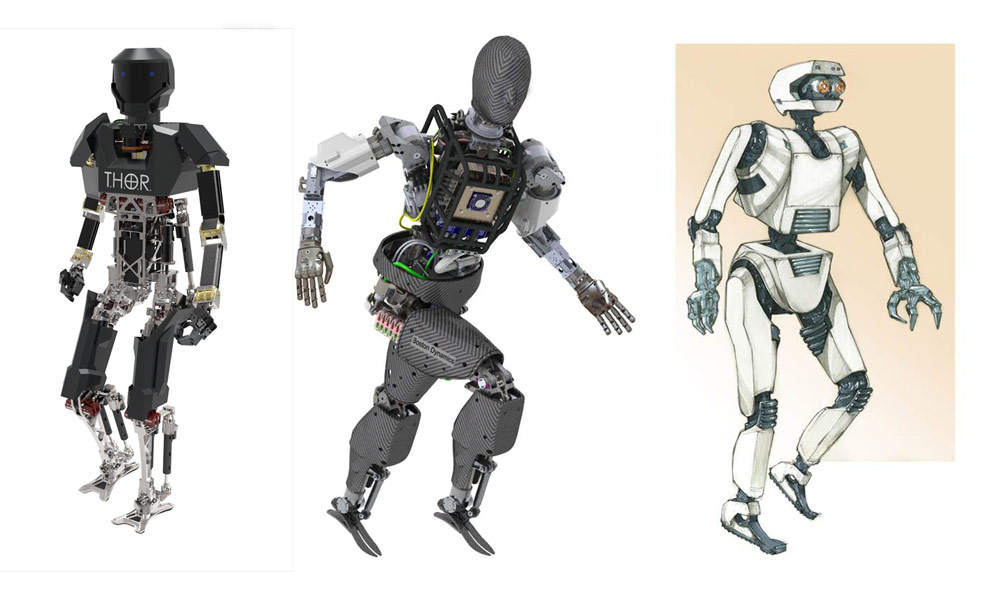
The DARPA Robotics Challenge is a competition of robots (and their developers) capable of assisting humans in natural and man-made disasters. The challenge involves three events: the Virtual Robotics Challenge occurred in June 2013 and tested software teams' ability to guide a simulated robot through three tasks in a virtual environment; the DRC Trials occur December 20-21, 2013, at the Homestead-Miami Speedway, where teams will attempt to guide their robots through eight individual, physical tasks that test mobility, manipulation, dexterity, perception, and operator control mechanisms; the DRC Finals will occur at the end of 2014 and will require robots to attempt a circuit of consecutive physical tasks, with degraded communications between the robots and their operators. The winning team will receive a $2 million prize.
Team Thor
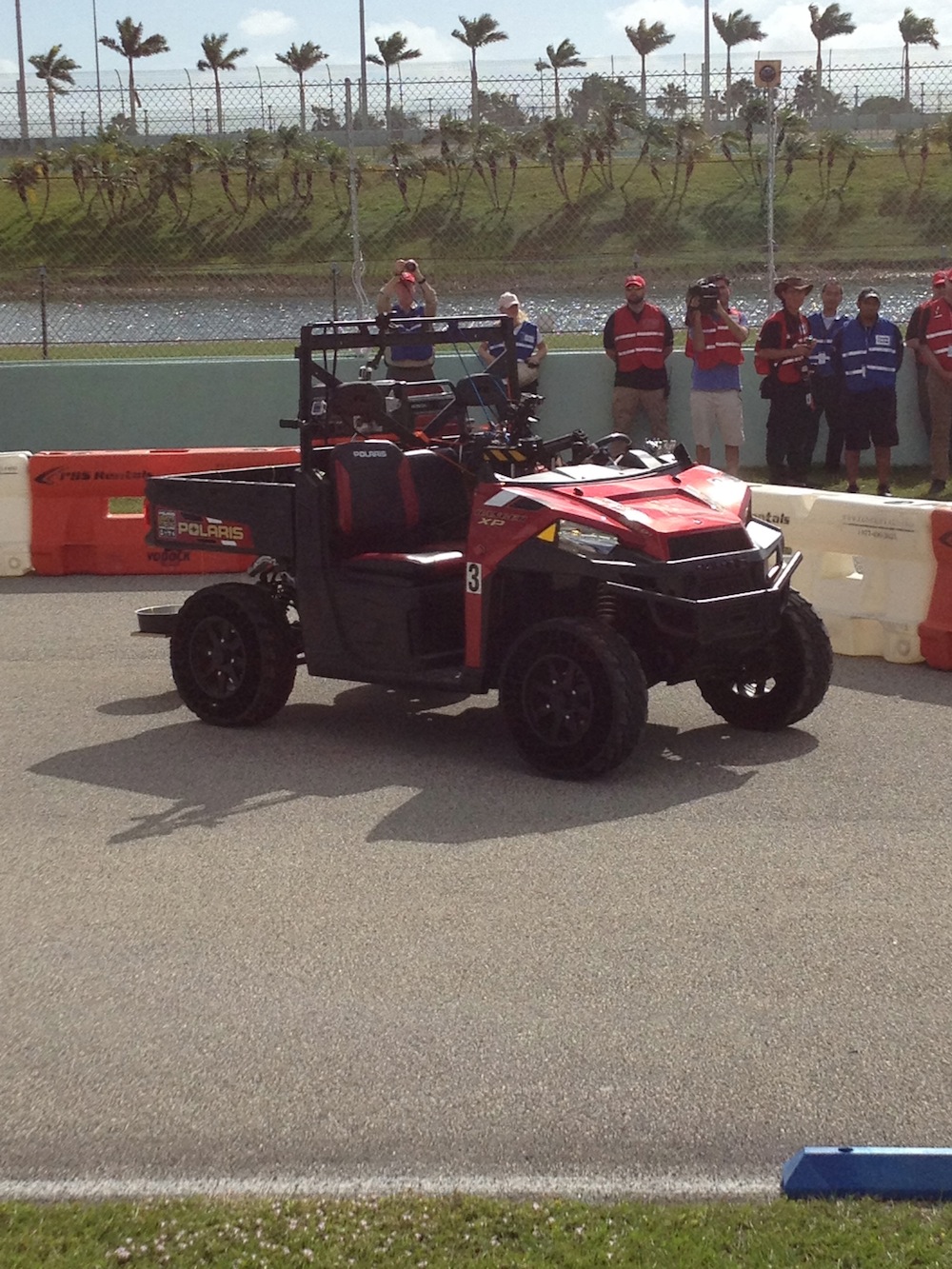
Team Thor's robot drives a vehicle through a marked course on Dec. 21, 2013.
Team Tartan Rescue

Team Tartan Rescue's robot, CHIMP, wields a drill during one of the tasks on Dec. 21, 2013 at the DARPA Robotics Challenge.
Team Mojavaton
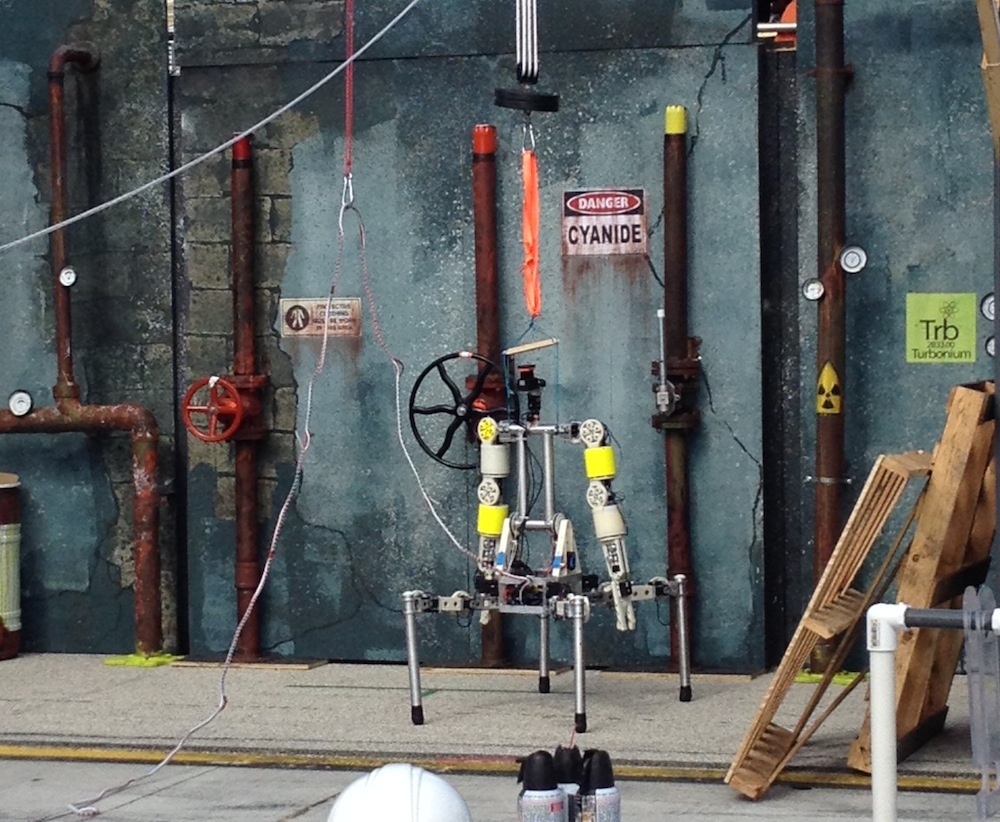
Team Mojavaton's robot, Buddy, tries to close a valve.
Team IHMC Robotics
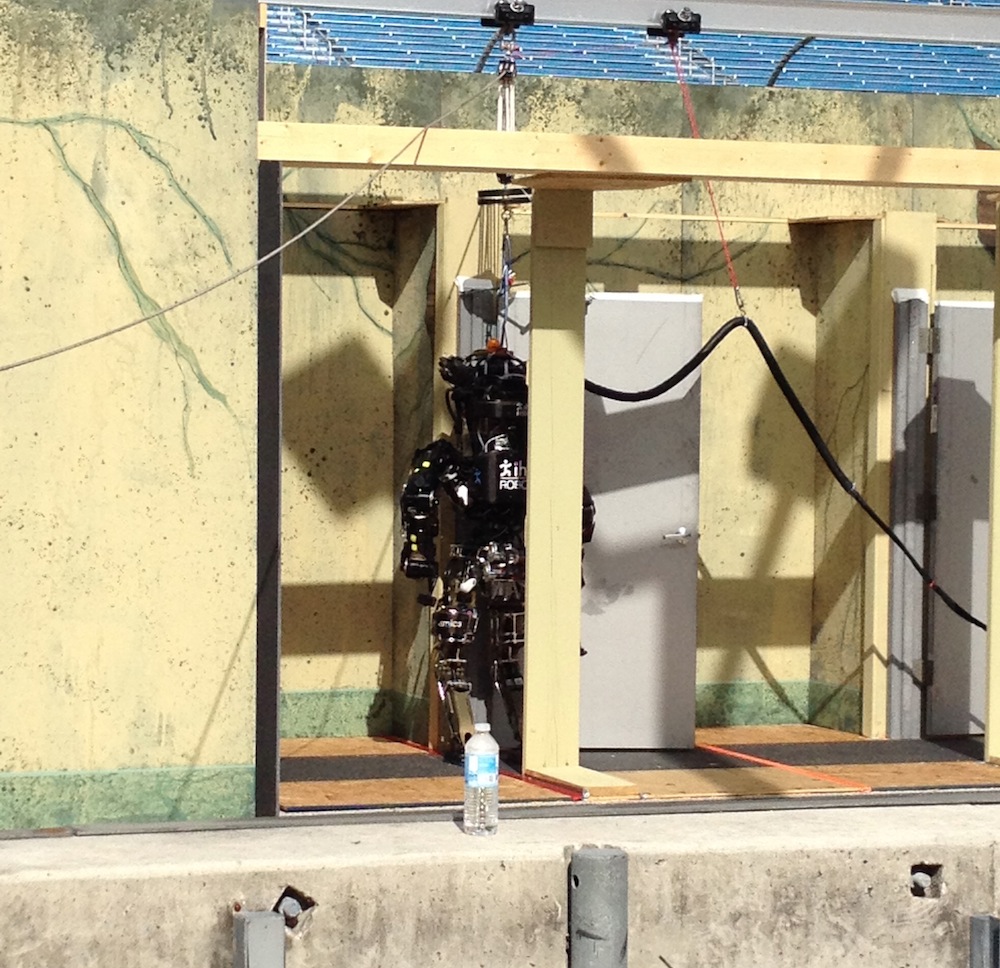
Team IHMC Robotics' humanoid robot steps sideways through a doorway, during one of the tasks on Dec. 21, 2013.
Team RoboSimian
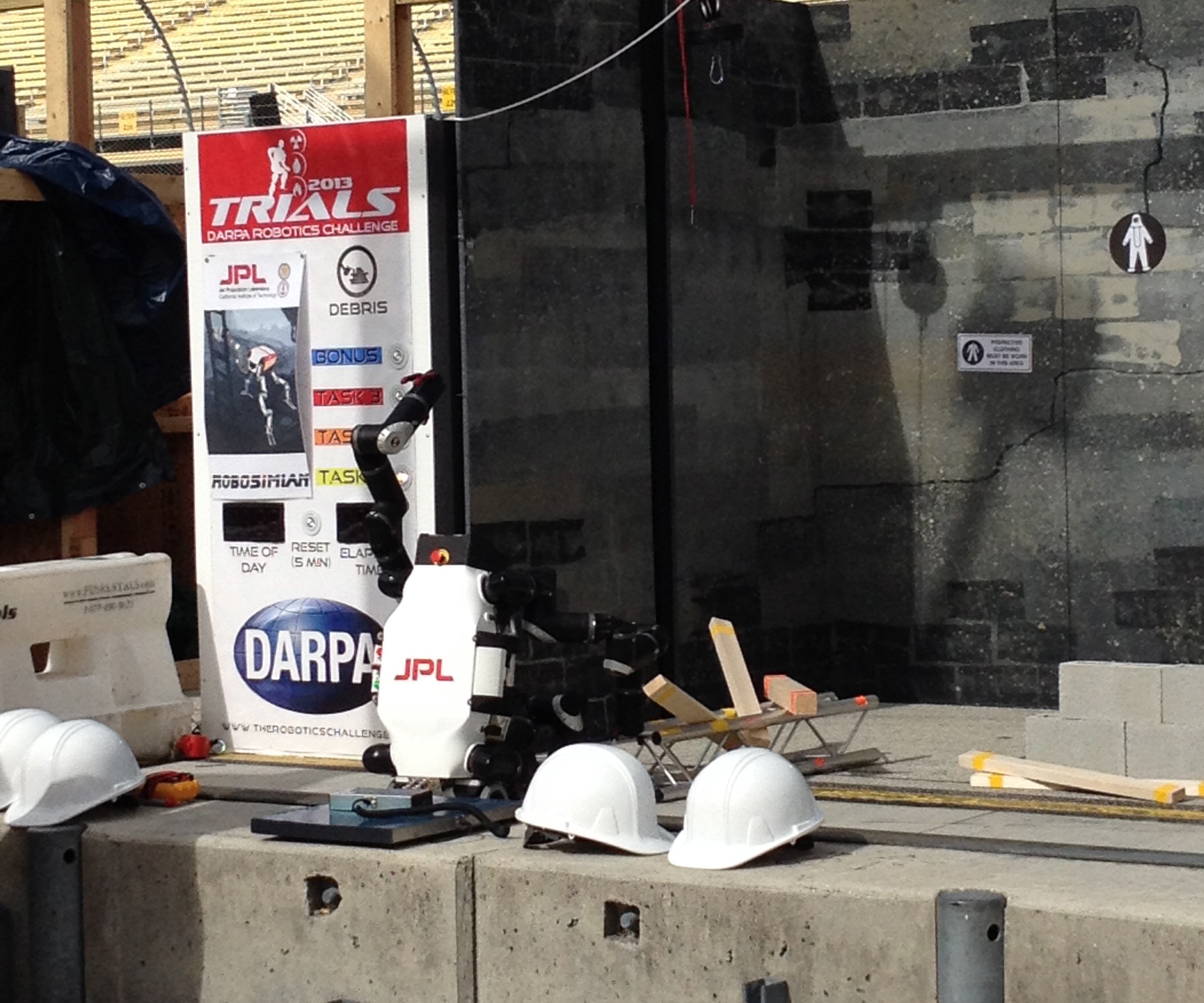
RoboSimian, built by engineers at NASA's Jet Propulsion Laboratory, tries to remove pieces of debris from a doorway.
Team Schaft
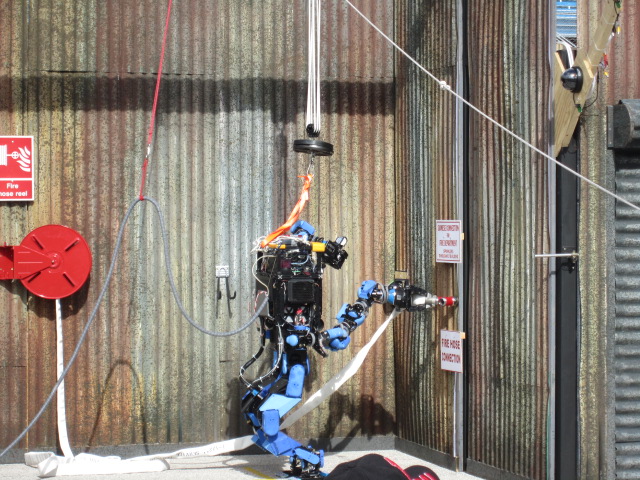
Team Schaft's robot tries to connect the nozzle of a hose to a wall component during one of the tasks on Dec. 20, 2013.
Sign up for the Live Science daily newsletter now
Get the world’s most fascinating discoveries delivered straight to your inbox.
Team Trooper
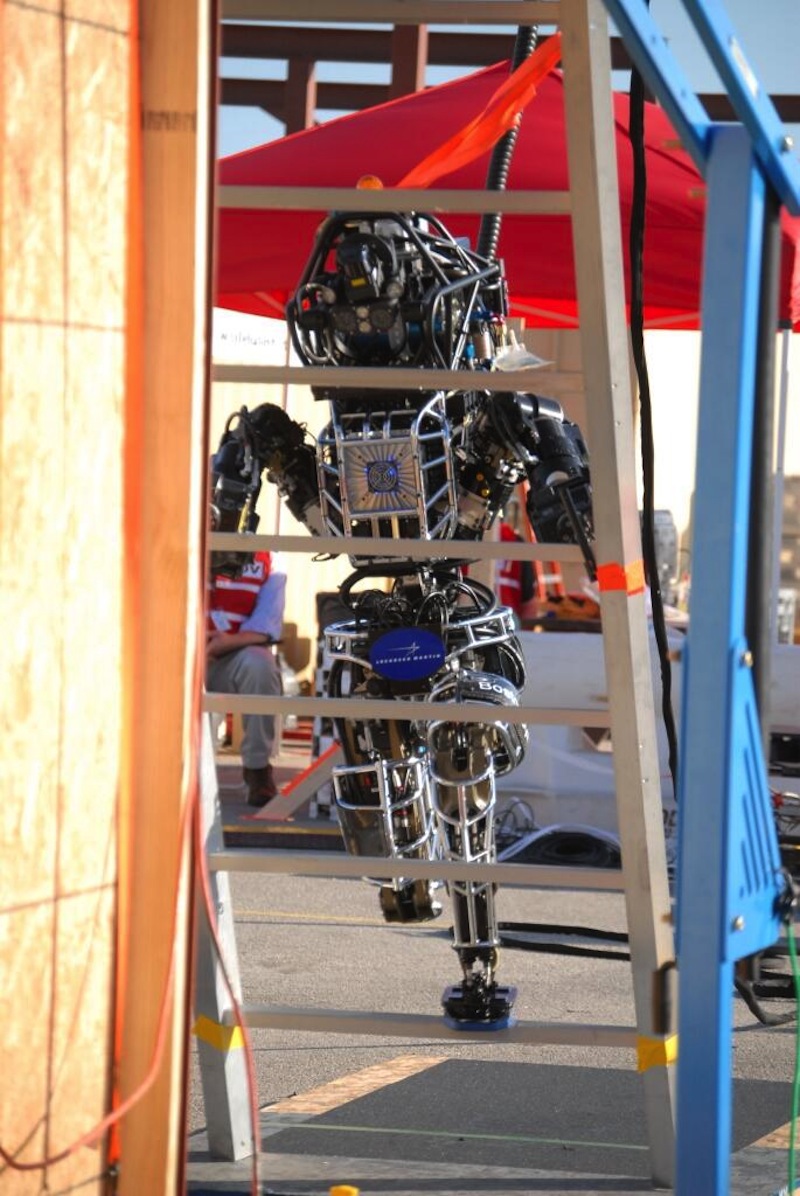
Team Trooper's robot tries to climb an industrial ladder during one of the tasks on Dec. 20, 2013. The robot's systems were built by engineers at Lockheed Martin Advanced Technology Laboratories.
Team Tartan Rescue

Team Tartain Rescue's CHIMP robot prepares to tackle the terrain challenge on Dec. 20, 2013.
NASA-JSC Team Valkyrie
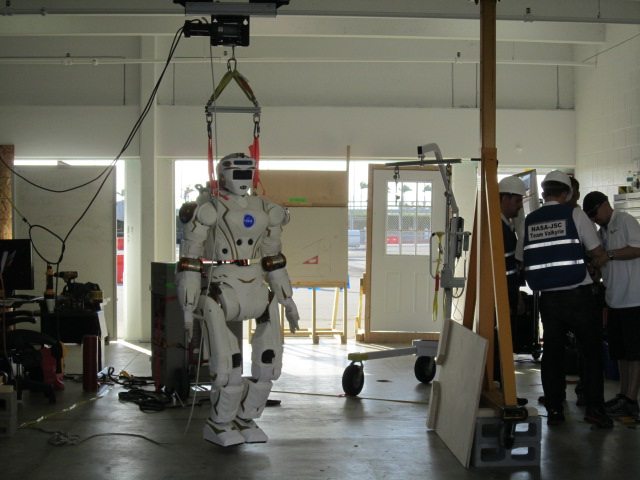
NASA's Valkyrie robot in the team's garage. Valkyrie was built by engineers at NASA's Johnson Space Center in Houston.
Team Schaft
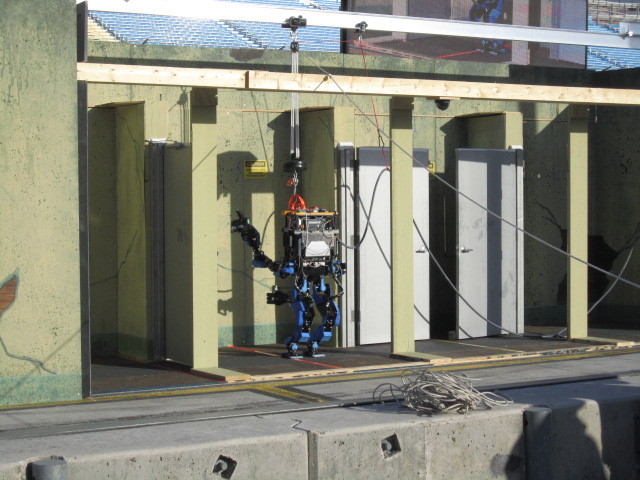
Team Schaft's robot attempts to pull open a weighted door in the final part of one of the tasks on Dec. 20, 2013.
Jeanna Bryner is managing editor of Scientific American. Previously she was editor in chief of Live Science and, prior to that, an editor at Scholastic's Science World magazine. Bryner has an English degree from Salisbury University, a master's degree in biogeochemistry and environmental sciences from the University of Maryland and a graduate science journalism degree from New York University. She has worked as a biologist in Florida, where she monitored wetlands and did field surveys for endangered species, including the gorgeous Florida Scrub Jay. She also received an ocean sciences journalism fellowship from the Woods Hole Oceanographic Institution. She is a firm believer that science is for everyone and that just about everything can be viewed through the lens of science.









